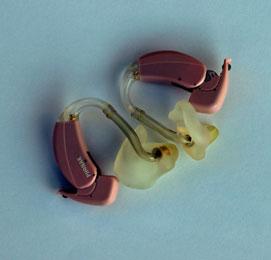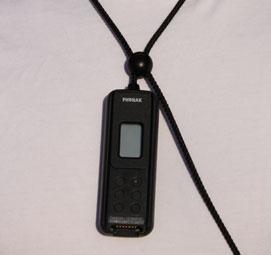What it is
An area of student need, involving a medical condition of the ears that involves a severe impairment in hearing, not corrected fully by hearing aids.
Teaching Strategies

Instructional
• Implement strategies recommended by a teacher of the deaf, audiologist and/or speech and language pathologist, who may work directly with the student.
• Develop and implement modified (i.e. language) and alternative programming expectation as part of the student’s Individual Education Plan (IEP), involving comprehension, oral language, self-advocacy, learning sign, speech, etc.
• Use FM system (microphone that a teacher wears for students with some hearing) and Sound Field system.
• Pair oral instructions with visual (written or pictures) and gestures.
• Face the student when speaking (do not talk when writing on the board).
• Frequently check with the student for understanding.
• Allow additional time for the student to speak.
• Allow additional time for the student to process information, especially if the information is new.
• Select closed captioning whenever available on DVDs and/or computer options.
• Pre-teach new vocabulary.
• Use clear and concise language.
• Use assistive technology and computer options.
• Use sign language, if the student uses it.
• Provide copies of notes.
• Use visual cues for getting the attention of the class and for instruction.
• speak slower.
• Don't turn away when talking. Face the child so he/she can maximize on the information received.
• Use visual supports whenever possible.
Less...
More...

Environmental
• Use preferential seating to reduce auditory distractions and place student in a position to hear the teacher better.
• Use an FM system.
• Reduce background noise (tennis balls on chair legs, close classroom doors, etc).
• Develop a pre-planned response for emergency evacuation.
• Post a visual schedule.
• Ensure adequate lighting.
• Keep in mind that facial hair(mustache/beards) can reduce the ability to lip read.

Assessment
• Provide choice for assignments (oral and written presentations).
• Check that the student understands the test questions.
• Provide additional time.
• Allow use of assertive technology.
• Provide written instructions.
See the Deaf and Hard of Hearing page for more information and resources.
See also the teaching strategies for these related areas of student need:
• Assistive Technology
• Articulation Skills
• Hearing
• Metacognitive Skills
• Self-Advocacy Skills
• Self-Esteem
• Social Skills
• Verbal Ability
Resources










